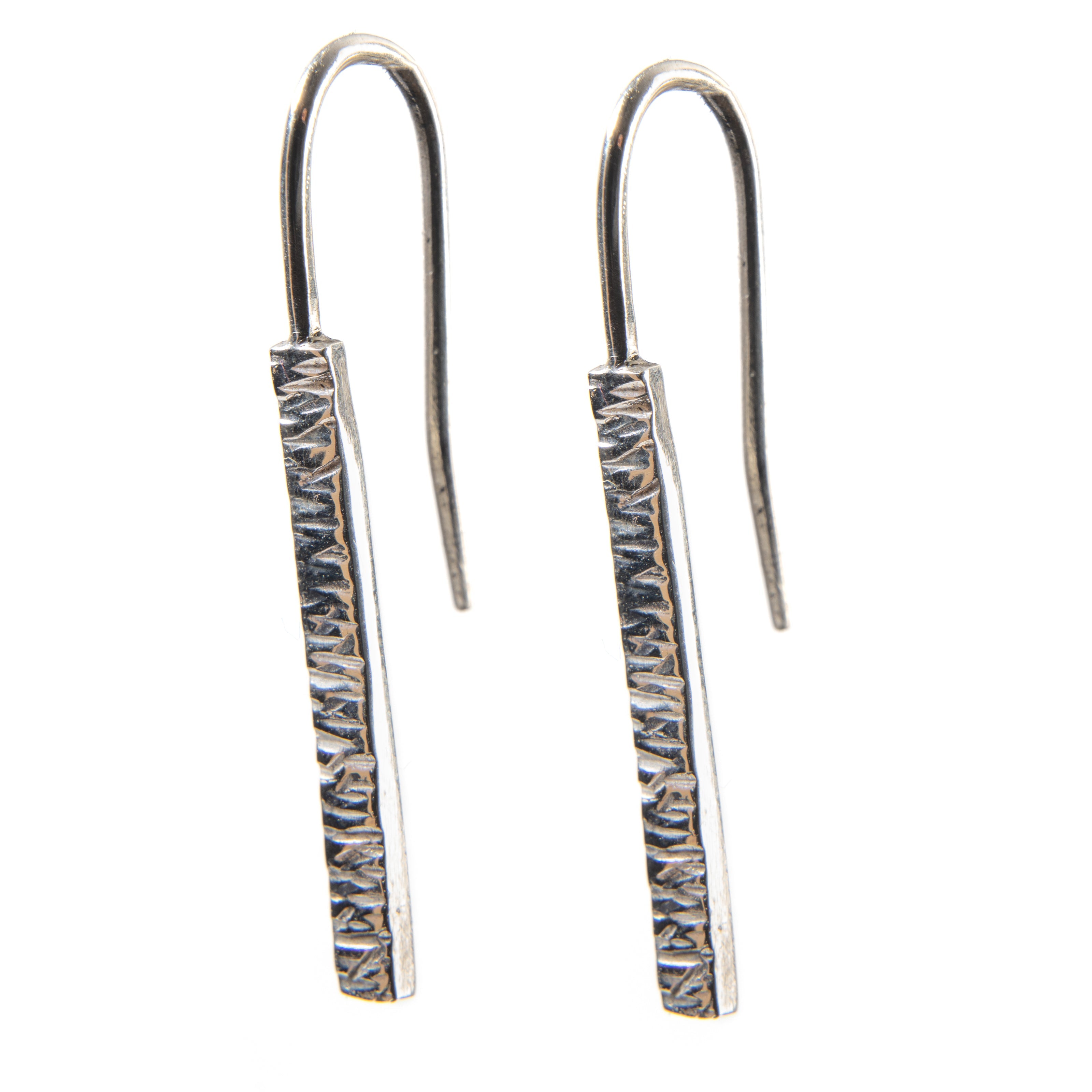Jewellery Care
Welcome to our Jewellery Care Guide! At The Collective, we pride ourselves on creating timeless, handcrafted pieces that are designed to be cherished for a lifetime. To help you keep your jewellery looking its best, we've put together this comprehensive care guide. Follow these tips to maintain the beauty and longevity of your cherished pieces.
General Care Tips
- Store Properly: Store your jewellery in a cool, dry place away from direct sunlight. Use a jewellery box with compartments to prevent pieces from scratching each other. Keep silver jewellery in anti-tarnish bags.
- Avoid Chemicals: Avoid exposing your jewellery to harsh chemicals such as perfumes, lotions, hairsprays, and cleaning products. These substances can damage metals and gemstones.
- Wear with Care: Put on your jewellery after applying makeup, perfume, and hairspray to minimize exposure to these chemicals. Remove your jewellery before swimming, showering, or participating in physical activities.
- Clean Regularly: Regular cleaning will keep your jewellery looking its best. Use a soft, lint-free cloth to gently wipe your pieces after each wear to remove oils and dirt.
Cleaning Your Jewellery
- Gold:
- Mix a few drops of mild dish soap with warm water.
- Soak the jewellery for a few minutes, then gently scrub with a soft toothbrush.
- Rinse with warm water and dry thoroughly with a soft cloth.
- Sterling Silver:
- Use a silver polishing cloth to remove tarnish and restore shine.
- For stubborn tarnish, create a paste with baking soda and water, gently rub it onto the jewellery, rinse, and dry with a soft cloth.
- Gemstones:
- Most gemstones can be cleaned with warm water and mild soap.
- Use a soft brush to clean behind the stones where dirt can accumulate.
- Rinse thoroughly and dry with a soft cloth.
Special Care for Delicate Pieces
Some designers work require special attention
- Avoid Moisture: Some pieces- such as Rothlu’s designs, have special requirements. Keep these pieces away from moisture to prevent damage to the batik and shibori resist techniques used in their creation.
- Handle Gently: These lightweight pieces are crafted from scrap and remnant raw paper and textile, so handle them gently to avoid bending or breaking.
Professional Maintenance
For a thorough cleaning and inspection, we recommend taking your jewellery to a professional jeweller once a year. They can check for loose settings, polish your pieces, and ensure they remain in excellent condition.
By following these care guidelines, you can preserve the beauty and integrity of your jewellery for years to come. Thank you for choosing The Collective, where each piece is crafted with love and care at our Ox Mountain studio in County Mayo. Enjoy your jewellery and wear it with pride!
Why is My Jewellery Tarnishing?
Tarnishing is a common issue that affects many types of jewellery, particularly those made from metals like silver, copper, and even gold under certain conditions. Understanding why jewellery tarnishes can help you take better care of your pieces and minimize the effects. Here are the main reasons why your jewellery might be tarnishing:
1. Exposure to Air and Moisture
Jewellery tarnishes when it reacts with elements in the environment, particularly oxygen and moisture. This reaction causes a thin layer of corrosion to form on the surface, which appears as tarnish. High humidity and exposure to water can accelerate this process.
2. Contact with Chemicals
Everyday substances such as perfumes, lotions, hairsprays, and cleaning products contain chemicals that can cause your jewellery to tarnish. These chemicals react with the metals in your jewellery, leading to discoloration and dullness.
3. Body Oils and Sweat
Natural oils from your skin and sweat can contribute to the tarnishing process. These substances can react with the metals, causing them to lose their shine and develop a tarnished appearance over time.
4. Certain Fabrics and Surfaces
Some fabrics and surfaces can cause your jewellery to tarnish faster. For example, wool and felt contain sulfur compounds that can accelerate tarnishing. Storing your jewellery on wooden surfaces or in cardboard boxes can also lead to tarnish due to the acidic nature of these materials.
5. Pollution and Environmental Factors
Airborne pollutants and environmental factors, such as sulfur dioxide in the air, can cause tarnishing. Living in urban areas with higher levels of pollution can make your jewellery more susceptible to tarnish.
6. Type of Metal
Different metals tarnish at different rates. Sterling silver is particularly prone to tarnishing, while gold (especially higher karat gold) is more resistant. However, even gold jewellery can tarnish if it contains other metals that are more reactive.
Preventing Tarnish
To keep your jewellery looking its best and minimize tarnishing, follow these preventive measures:
- Store Properly: Store your jewellery in a cool, dry place. Use anti-tarnish bags or cloths to protect silver pieces.
- Avoid Chemicals: Keep your jewellery away from perfumes, lotions, and other chemicals. Apply these products before putting on your jewellery.
- Clean Regularly: Wipe your jewellery with a soft cloth after each wear to remove oils and dirt.
- Limit Exposure: Remove your jewellery before swimming, showering, or exercising to avoid contact with water and sweat.
By understanding the causes of tarnishing and taking steps to prevent it, you can keep your jewellery looking beautiful and shiny for years to come.










